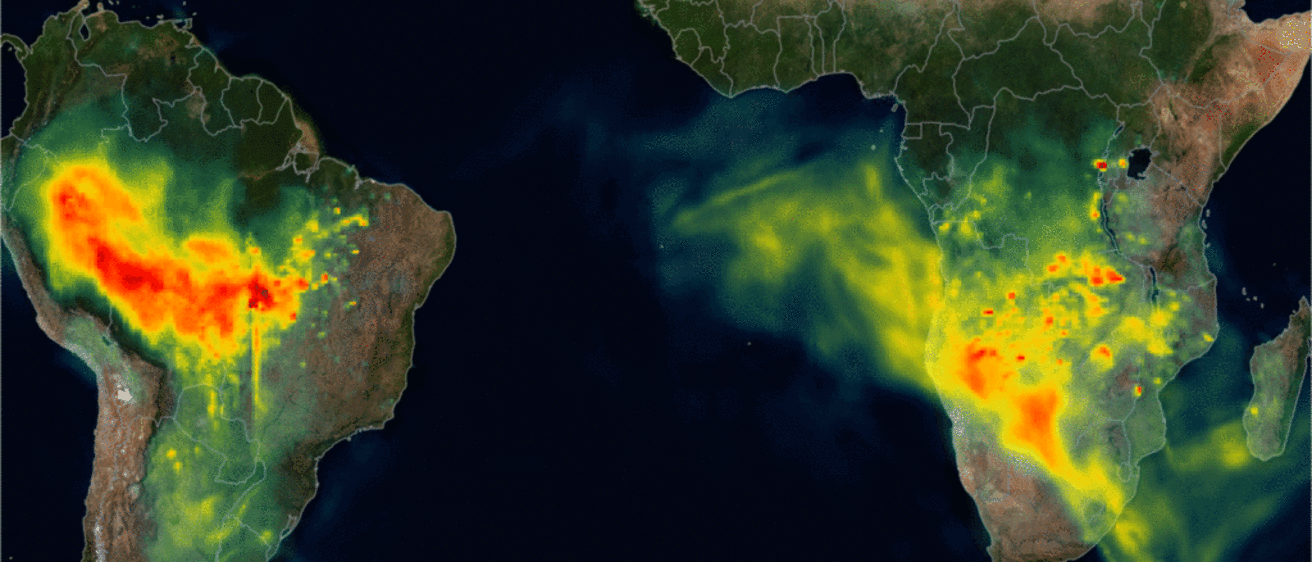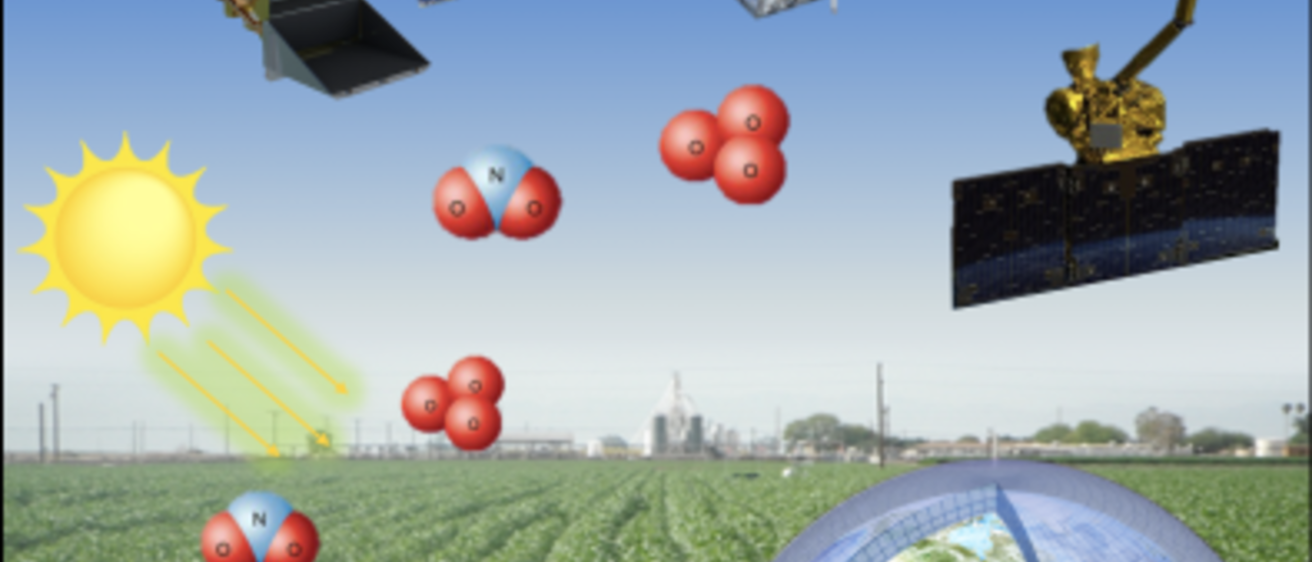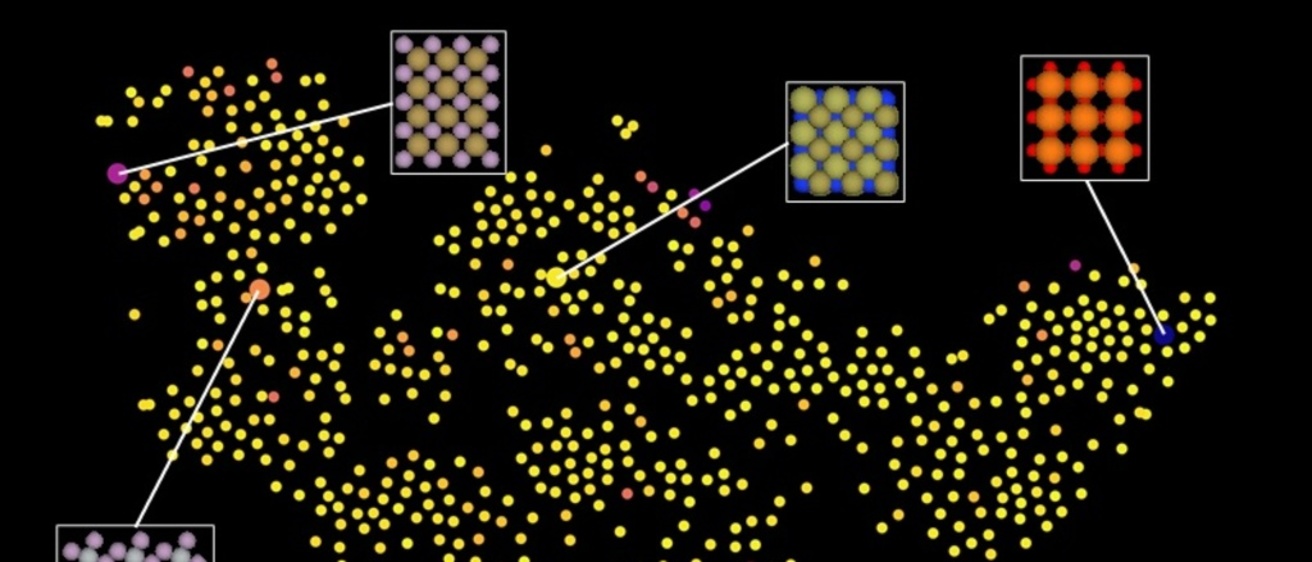The Iowa Atmospheric Sensor Development Laboratory (IASDL) is designed to prototype new remote sensing instruments, with emphasis on sensors for studying clouds and aerosols in the Earth’s atmosphere.
Clouds have a substantial impact on radiative forcing and are the primary determinant of the Earth’s average surface temperature. Aerosols originate from both natural and anthropogenic sources, including pollution, dust, and smoke from fires. Aerosols also impact radiative forcing and affect air quality and human health. Better understanding the impacts of clouds and aerosols, and the complex interactions between clouds and aerosols, is important for understanding the Earth-atmosphere system and assessing impacts of climate change.
Most work in the IASDL centers on lidar, or laser-based, remote sensing. With lidar, a laser is used as a light source and light scattered from particles in the atmosphere is detected. Depending on the specific instrument parameters, the detected signal can determine if clouds are composed of water, ice, or a mixture of both. Similarly, aerosol layers can be detected and classified according to source. Most importantly, lidar profiling generates a time-height cross-section of the atmosphere, providing information on the vertical structure of the atmosphere. Lidar can determine the height and thickness of cloud and aerosol layers, which is a parameter critical as input to air quality and aerosol transport models.

Recent News




